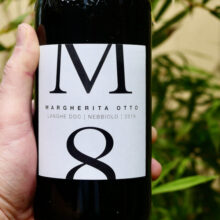
Product information
Margherita Otto Langhe Nebbiolo 2019
Nebbiolo from Serralunga d'Alba, Monforte d'Alba, Castiglione Falletto, Barolo, Piedmont, Italy
$91
Description
2019 is the first vintage of Langhe Nebbiolo to be produced. It is made from a small part of vines registered as Nebbiolo Langhe in the Vignane MGA (in Barolo, next to Castellero) as well as some declassified fruit from the Barolo parcels. In 2019, the Nebbiolo was fermented on skins for about 10 days before being racked to preserve fruit and freshness. It went through malo in steel and was transferred to a single 1000L Mittelberger botti for aging. This is super fresh and aromatic with Barolo commune softer tannins, vibrant red fruits and poise.
In stock

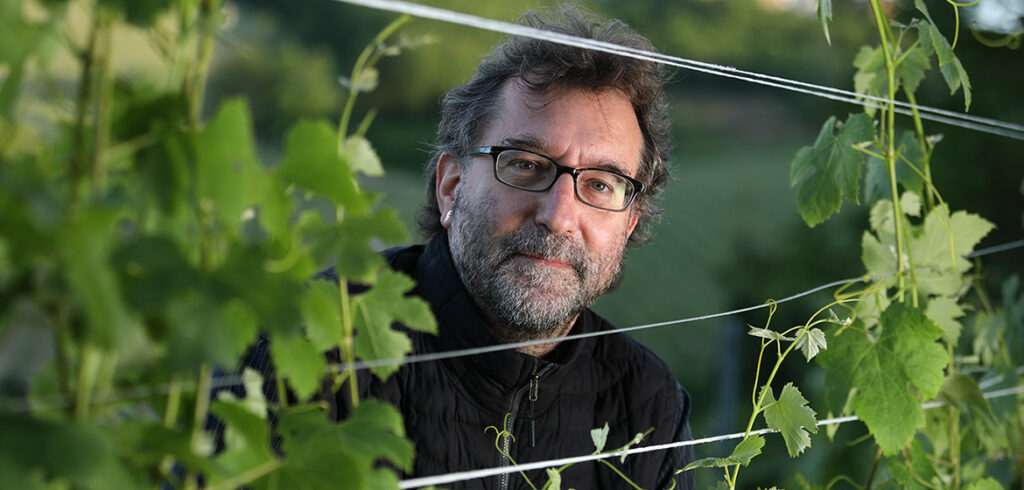
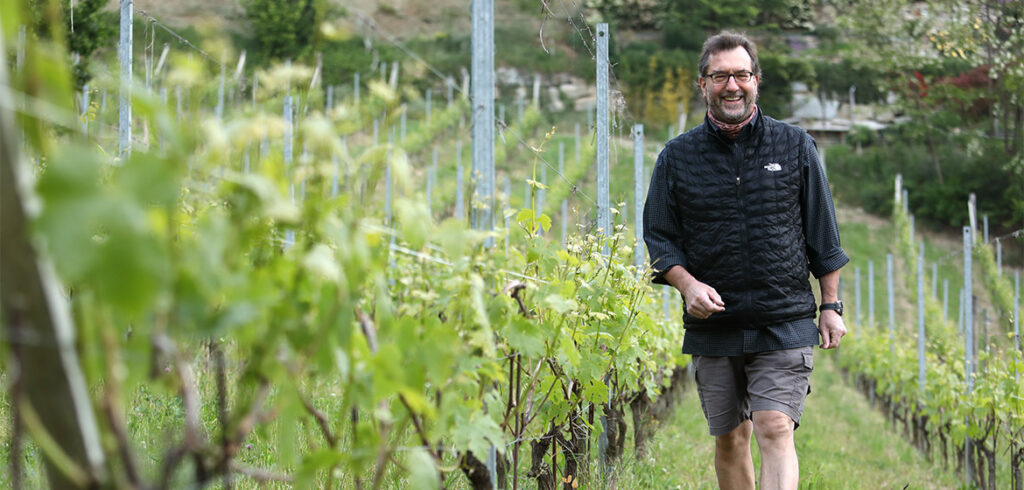
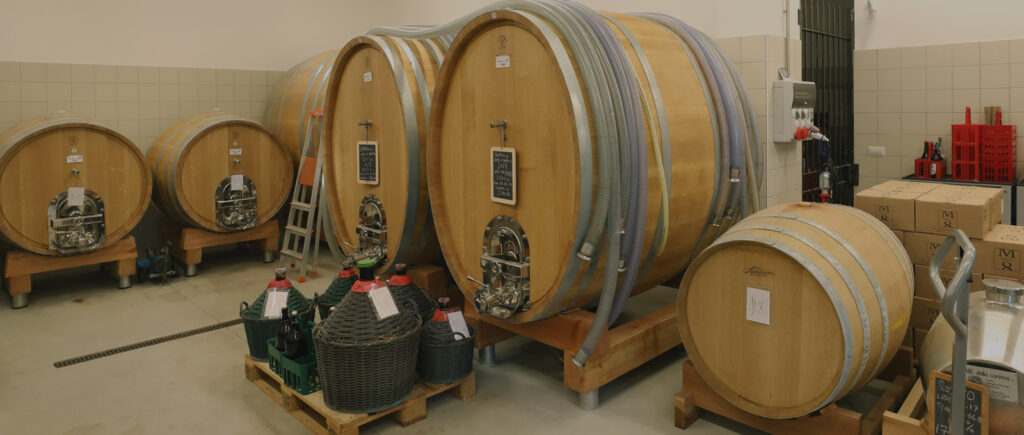
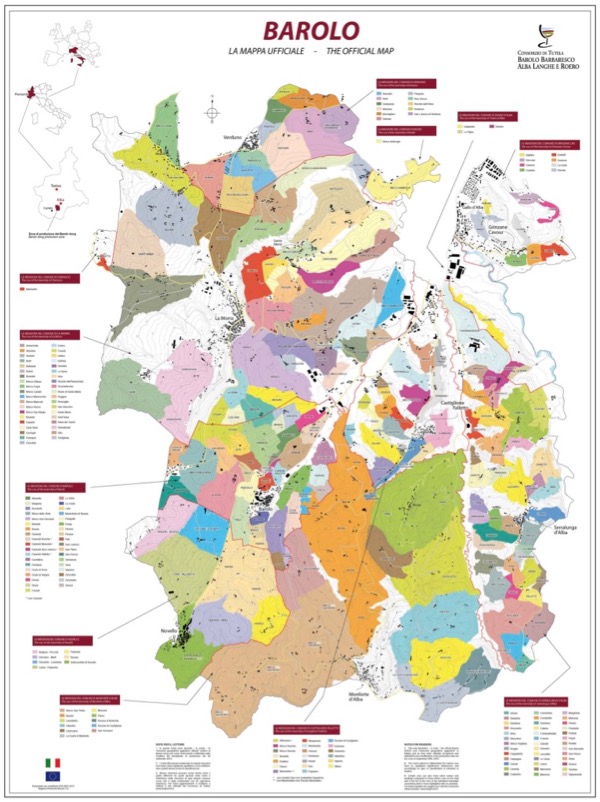
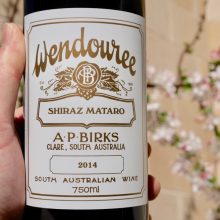
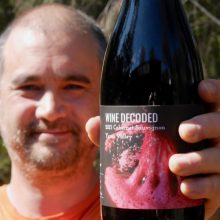
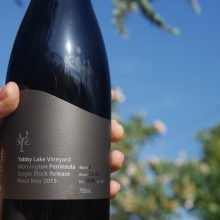
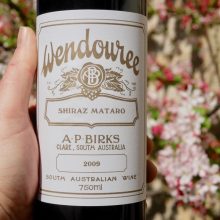
You must be logged in to post a comment.